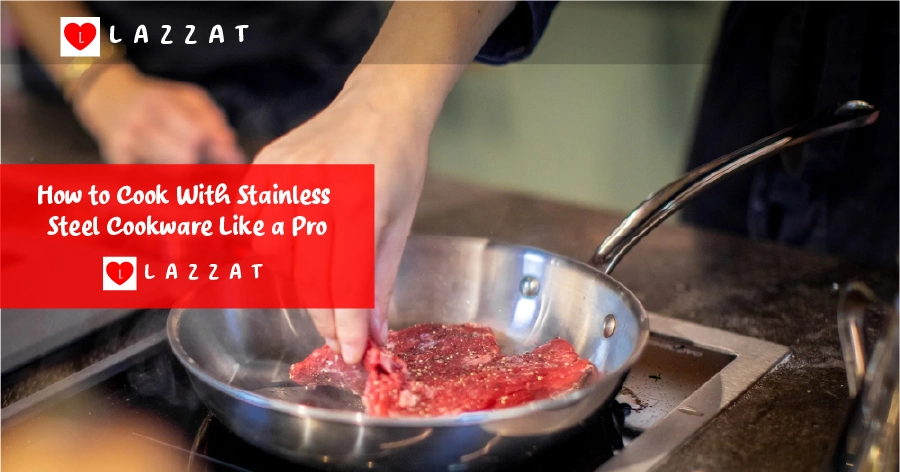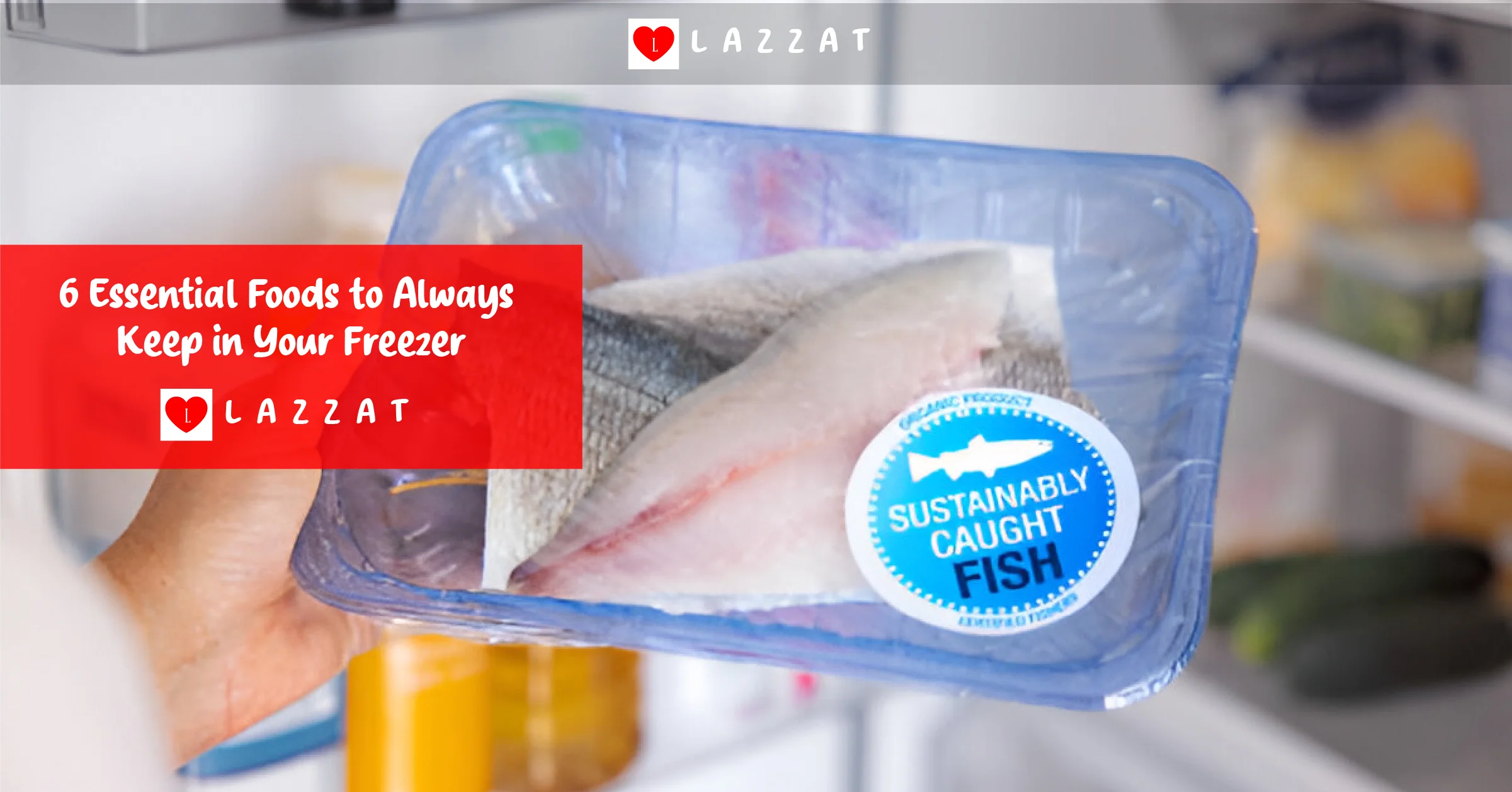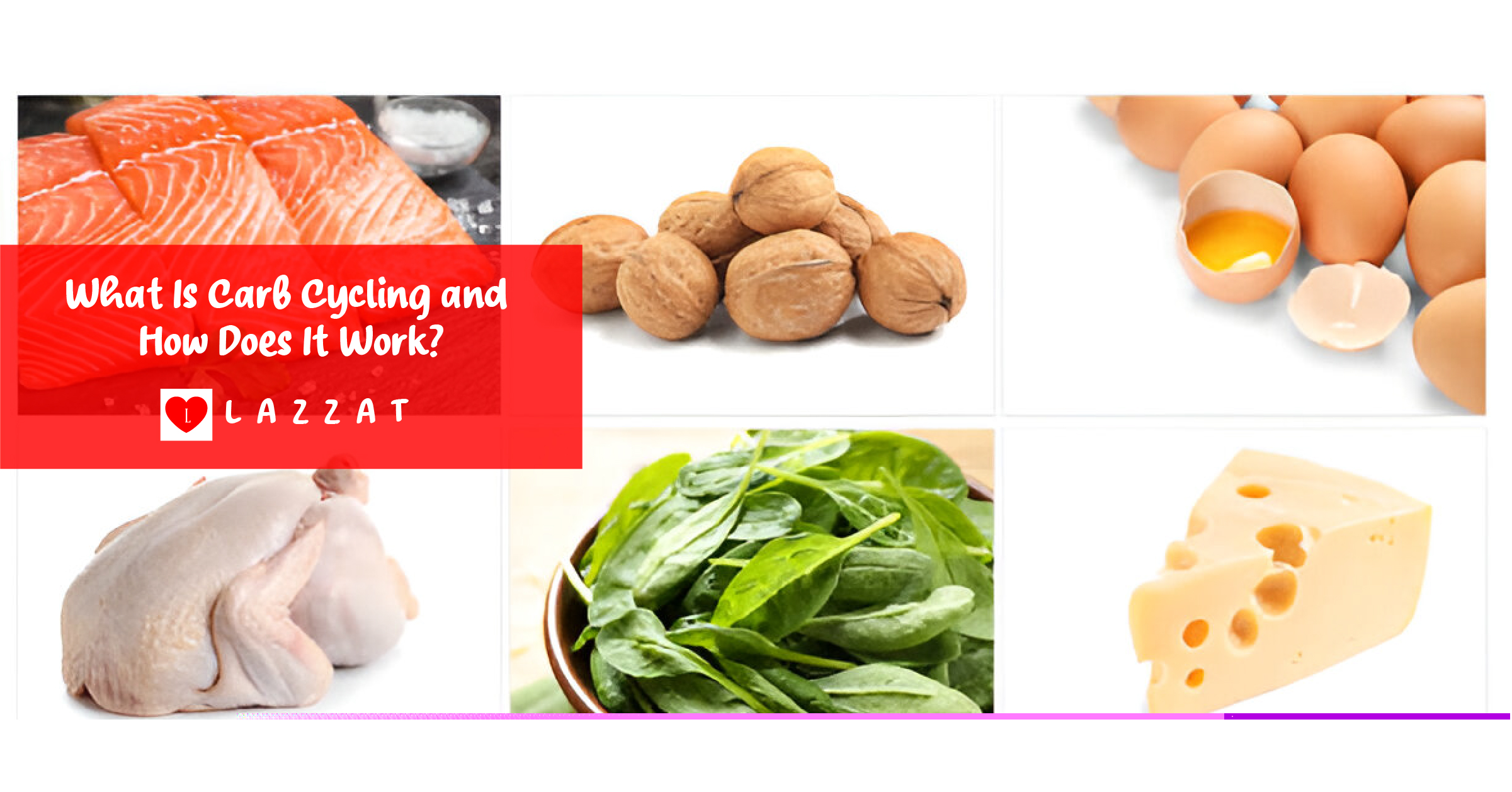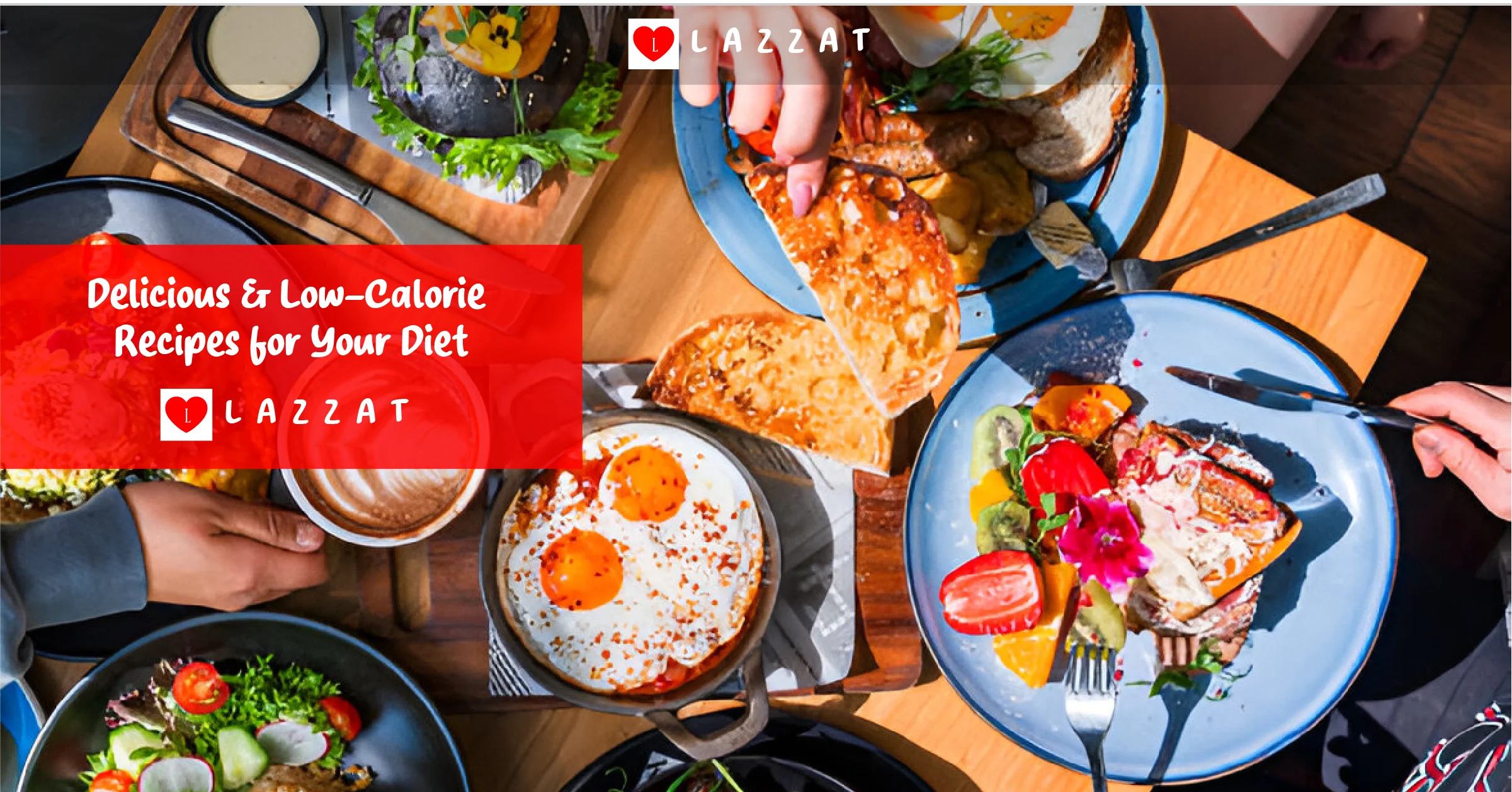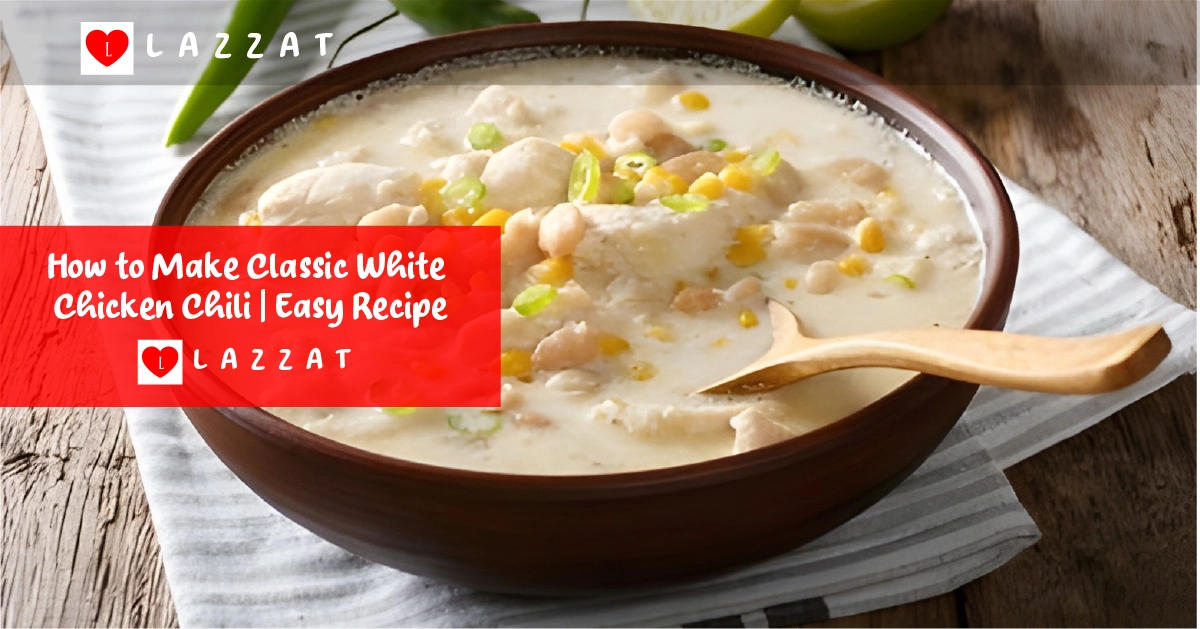As a home cook, you might have heard about stainless steel cookware. It’s known for its durability, heat conductivity, and top-notch performance. Chefs and home cooks love it for these reas...
Ever thought about how to cook vegetables without losing nutrients? The way you cook can greatly affect the nutrients in your food. Learning how to preserve these nutrients is crucial for healthier me...

